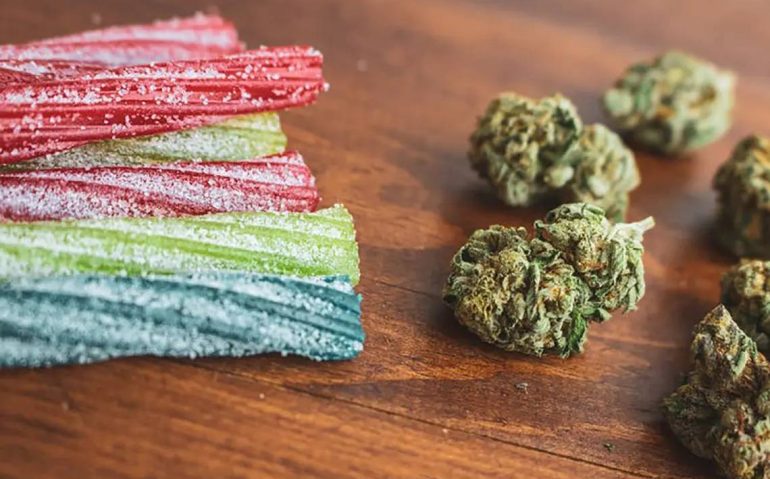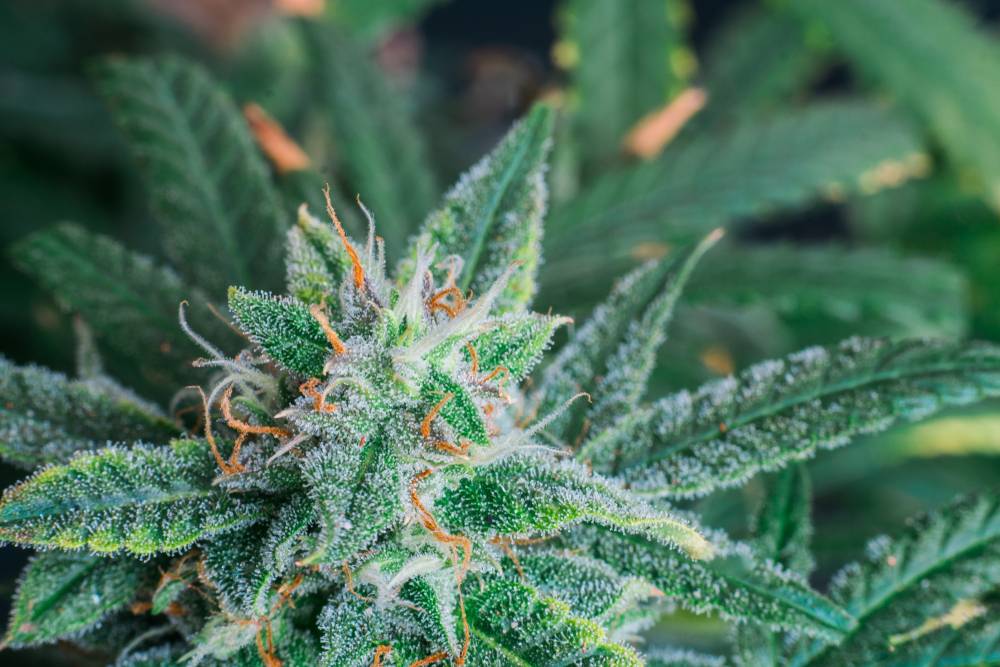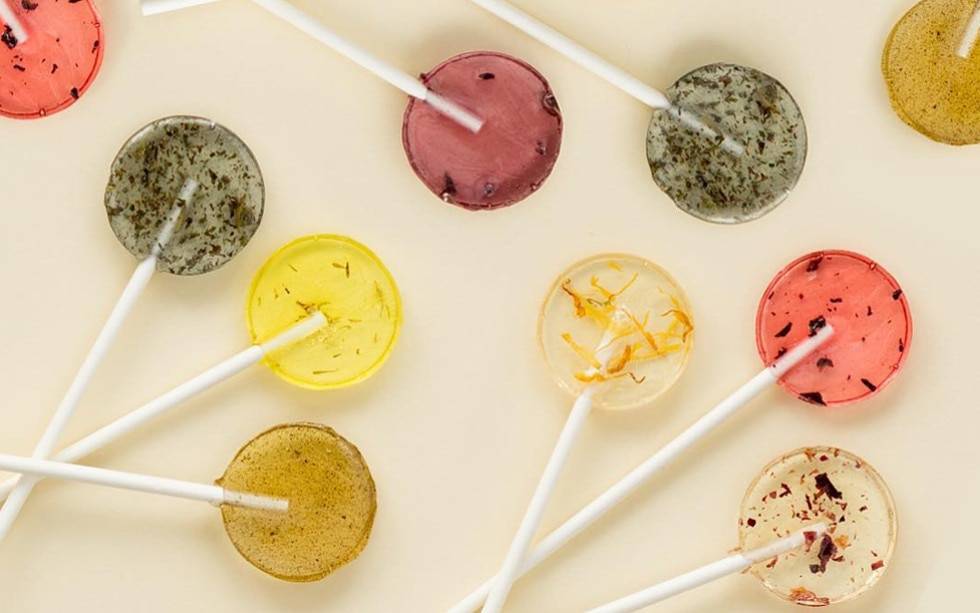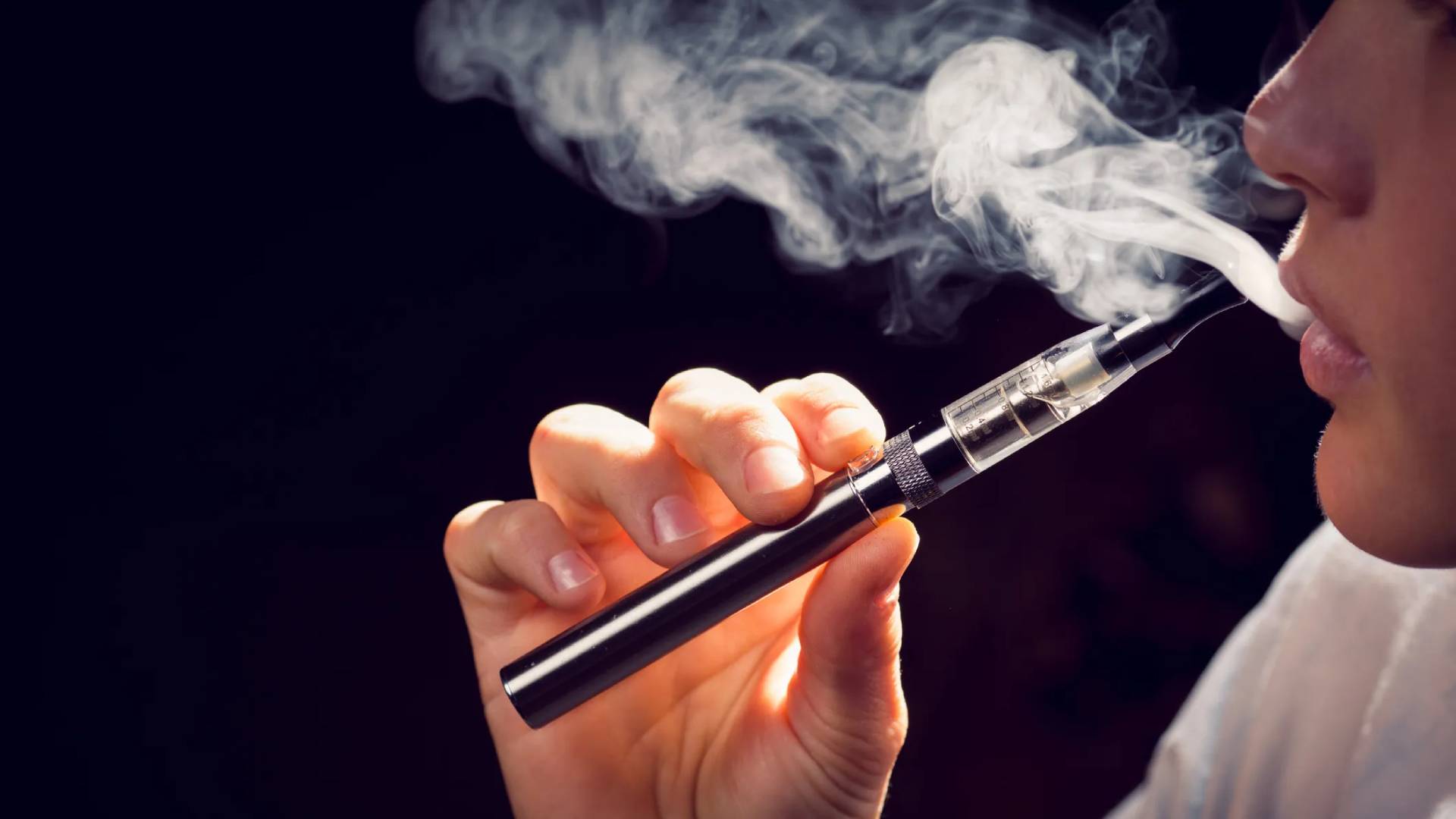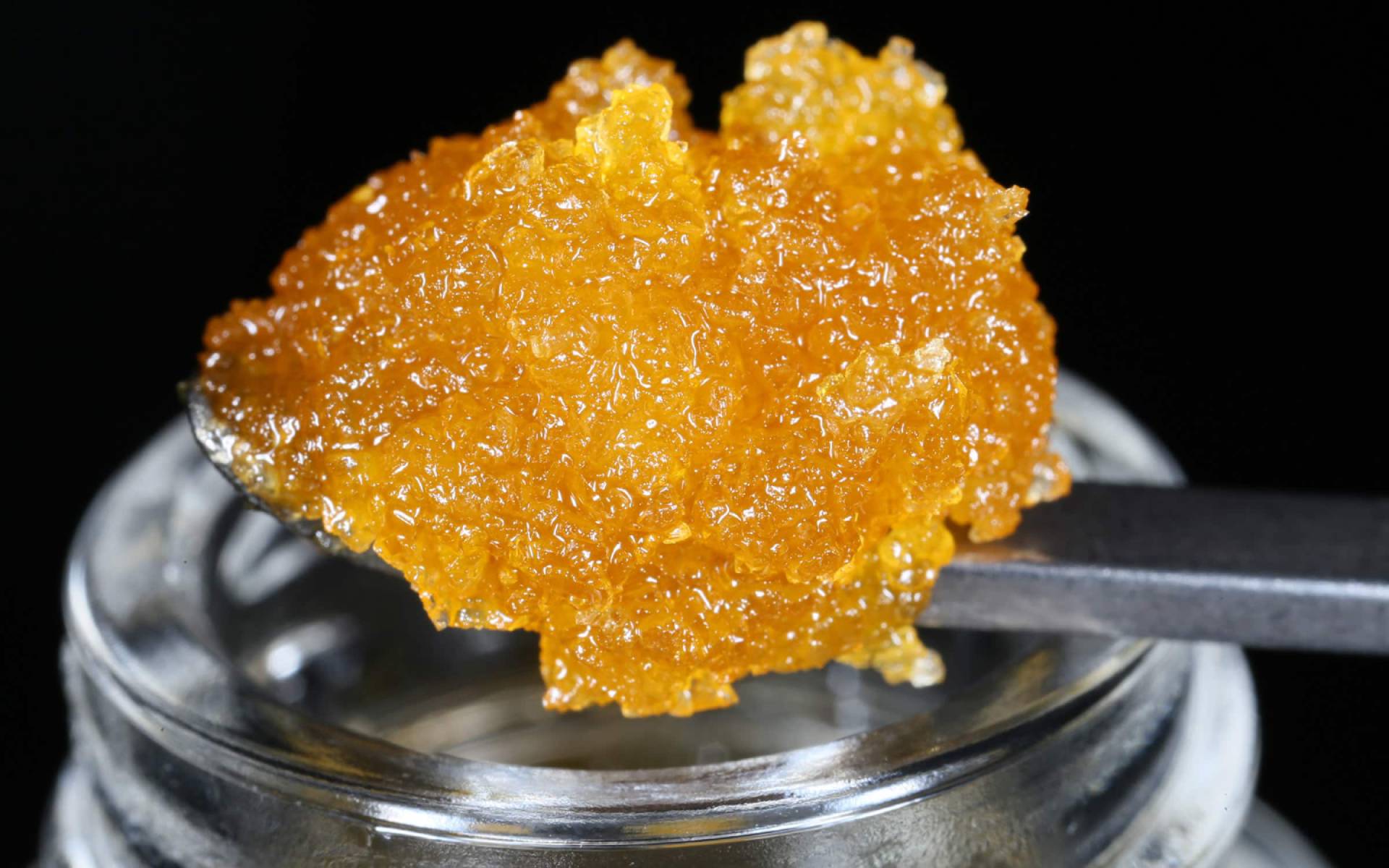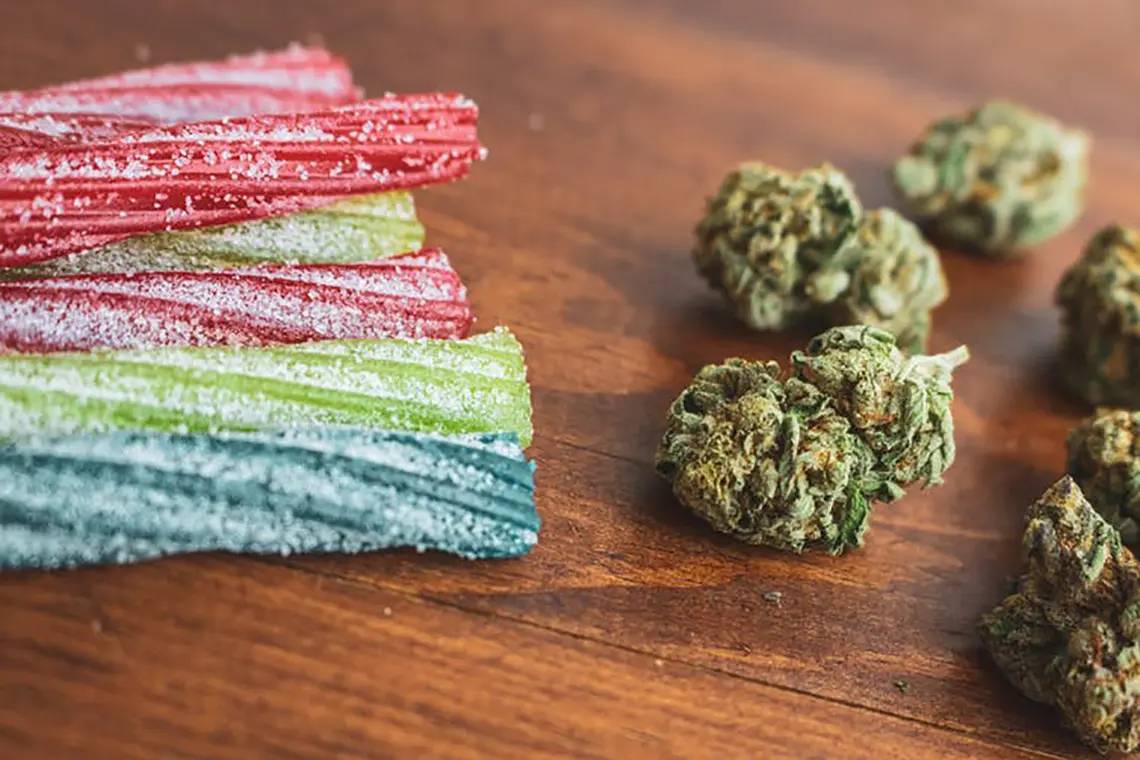Mastering THC Edibles: A Comprehensive Guide to Crafting Homemade Infusions
Making THC edibles at home is a popular and fulfilling way to enjoy the benefits of cannabis. With the increasing interest in alternative consumption methods, edibles have become a preferred choice for many cannabis enthusiasts. However, it’s crucial to note that regulations and laws regarding THC in edibles vary from place to place, and it’s important to be well-informed about local guidelines before embarking on this culinary journey. In this comprehensive guide, we will delve into the world of THC edibles, explore their rising popularity, and provide valuable insights on how to create your own delectable treats while adhering to legal requirements. Whether you’re a seasoned cannabis connoisseur or a curious newcomer, mastering the art of crafting THC-infused edibles at home is a rewarding experience that offers both creativity and enjoyment.
Understanding THC Edibles
When it comes to understanding THC edibles, it’s essential to grasp the fundamentals, including what they are, their effects, and the relevant regulations.
What Are THC Edibles?
THC edibles are food products infused with THC (tetrahydrocannabinol), the chemical compound found in cannabis that is responsible for its psychoactive effects. These edibles come in various forms, such as gummies, chocolates, and baked goods, offering an alternative way to consume cannabis compared to smoking or vaping.
Effects of THC Edibles
Consuming THC edibles can lead to a delayed onset of effects compared to smoking or vaping. When ingested, THC is metabolized differently in the body, resulting in a slower but longer-lasting high. It’s crucial for individuals to be mindful of dosage and wait for the full effect before consuming more, as the potency of edibles can vary widely.
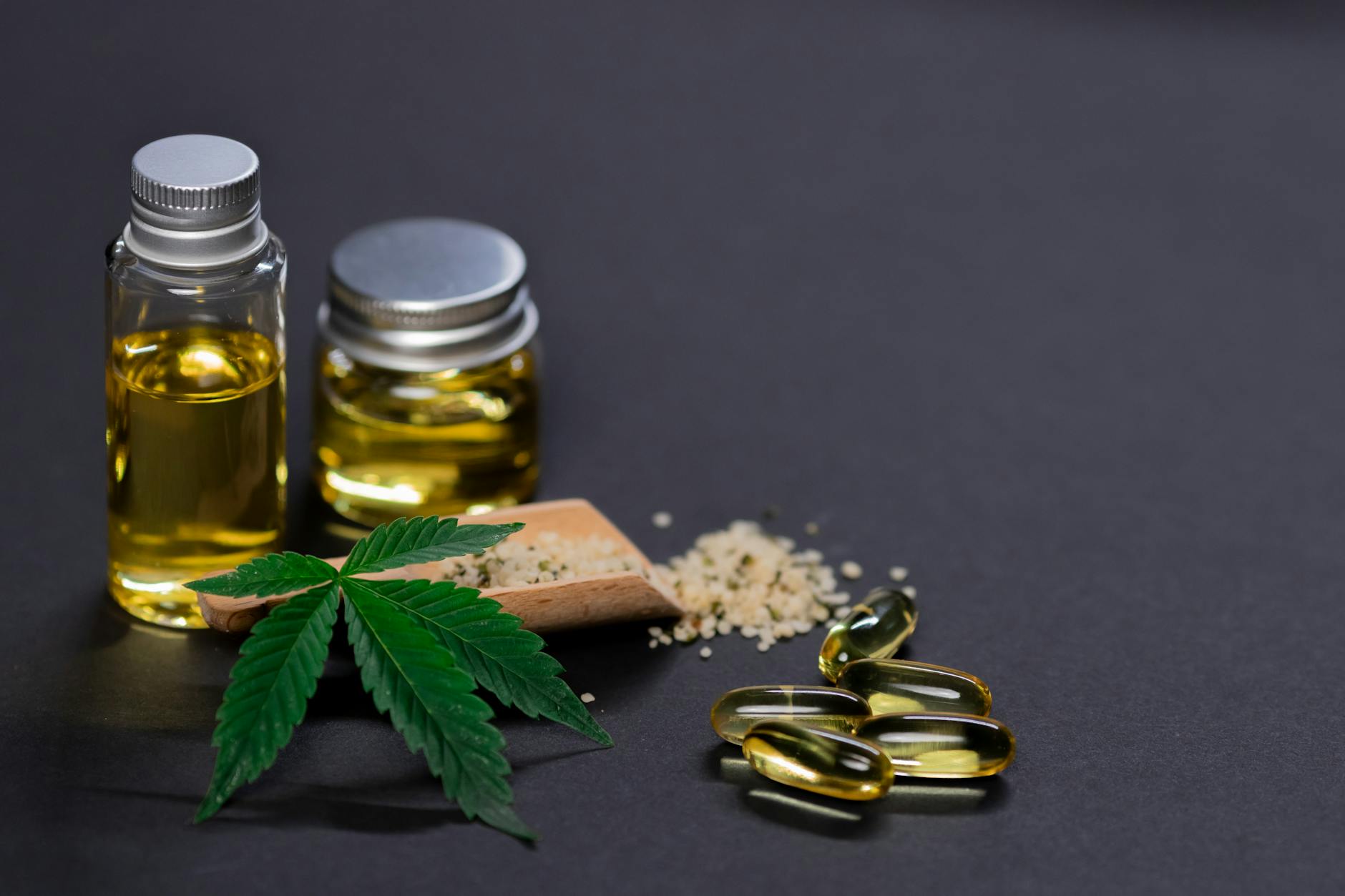
Legality and Regulations
The legality of THC edibles varies depending on the region. In some areas, they are legal for recreational or medicinal use, while in others, their sale and consumption may be restricted or prohibited. It’s crucial for individuals to familiarize themselves with the local regulations regarding THC edibles to ensure compliance with the law.
This understanding of THC edibles sets the stage for exploring the process of making them at home and the considerations involved in doing so.
Choosing the Right Strain
When it comes to making THC edibles at home, choosing the right strain of cannabis is crucial to achieving the desired effects. Different strains offer unique combinations of cannabinoids and terpenes, which can influence the overall experience and therapeutic benefits. Here’s a breakdown of factors to consider when selecting the right strain for your homemade edibles.
Consider the Desired Effects
Before choosing a strain for your edibles, consider the effects you aim to achieve. Are you looking for relaxation, creativity, pain relief, or a boost in energy? Understanding the impact of different strains can help guide your selection process.
Analyze THC and CBD Levels
THC and CBD are two primary compounds in cannabis that contribute to its effects. Strains with higher THC levels are ideal for users seeking euphoria and psychoactive effects, while CBD-dominant strains offer potential therapeutic benefits without the intoxicating high. Understanding the THC and CBD levels in various strains can help you tailor your edibles to suit your preferences.
Explore Terpene Profiles
Terpenes are aromatic compounds found in cannabis that contribute to its unique scent and potential therapeutic properties. Different terpenes can enhance relaxation, uplift mood, or provide relief from pain. Understanding the terpene profiles of different strains can help you create edibles with specific flavors and effects.
Consider Personal Tolerance and Sensitivities
Everyone’s sensitivity to cannabis varies, so it’s essential to consider your personal tolerance levels and any sensitivities you may have to certain strains. If you’re new to edibles or have a low tolerance, start with strains known for their mild effects to avoid overwhelming experiences.

Decarboxylating Cannabis
Decarboxylation is a crucial step in the process of making THC edibles at home. It refers to the chemical reaction that removes a carboxyl group from the cannabis plant, activating its psychoactive and therapeutic properties. This process essentially converts the non-intoxicating THCA into the euphoria-inducing THC.
What Is Decarboxylation?
Decarboxylation is the process of applying heat to raw cannabis to convert the inactive cannabinoids into active compounds. When the cannabis flower is heated, the carboxyl group breaks away from the chemical structure, enabling the cannabinoids to interact with the body’s endocannabinoid system effectively.
Methods of Decarboxylation
- Oven Method: This is one of the simplest and most common methods. Start by preheating the oven to 240°F (115°C). Grind the cannabis coarsely and spread it in a thin, even layer on a baking sheet. Place the sheet in the oven for 30-40 minutes, stirring occasionally to ensure even heat distribution.
- Sous Vide Method: This precise method involves sealing the ground cannabis in an airtight bag and immersing it in water heated to 203°F (95°C) for 1 hour. It ensures a controlled and uniform decarboxylation process, preserving more delicate terpenes.
- Instant Pot Method: For a faster process, the Instant Pot can be used. After grinding the cannabis, seal it in a mason jar and place it on a trivet inside the Instant Pot with water for 40 minutes at high pressure.
Infusing THC into Oil or Butter
When it comes to infusing THC into oil or butter, it’s essential to choose the right base ingredients and infusion method to ensure the best results. Here’s a look at the key aspects to consider:
Best Oils or Butters for Infusion
Selecting the right oil or butter is crucial for creating potent THC-infused edibles. Coconut oil and unsalted butter are popular choices due to their high fat content, which effectively absorbs THC. Additionally, they offer a neutral taste, making them versatile for various recipes.
Deciding on the Infusion Method
Choosing the infusion method largely depends on the equipment and time available. The stovetop method is common, involving gently heating the oil or butter with ground cannabis over low heat. An alternative is using a slow cooker for a longer, hands-off infusion process, ideal for those seeking convenience.

Cooking with THC-Infused Oil or Butter
When it comes to cooking with THC-infused oil or butter, it’s important to consider the dosage and potency to ensure a safe and enjoyable experience. Proper dosage can vary depending on individual tolerance, so it’s crucial to start low and go slow. Understanding the potency of the infused oil or butter is essential before incorporating it into recipes.
Dosage Considerations
Determining the appropriate dosage for THC-infused oil or butter is paramount to avoid overwhelming effects. It’s recommended to begin with a small amount, typically 5-10 milligrams of THC, especially for those new to edibles. Effects can take up to 2 hours to fully kick in, so patience is key when assessing the impact. For regular users, a higher dosage may be suitable, but it’s always prudent to err on the side of caution.
Recipes and Cooking Tips
Incorporating THC-infused oil or butter into recipes opens up a world of culinary possibilities. From classic brownies to savory dishes like pasta or even infused beverages, the options are endless. When cooking with THC, it’s important to follow recipes specifically designed for edibles to ensure proper distribution and activation of the THC. Understanding the cooking time and temperature will also help preserve the potency of the infused oil or butter.
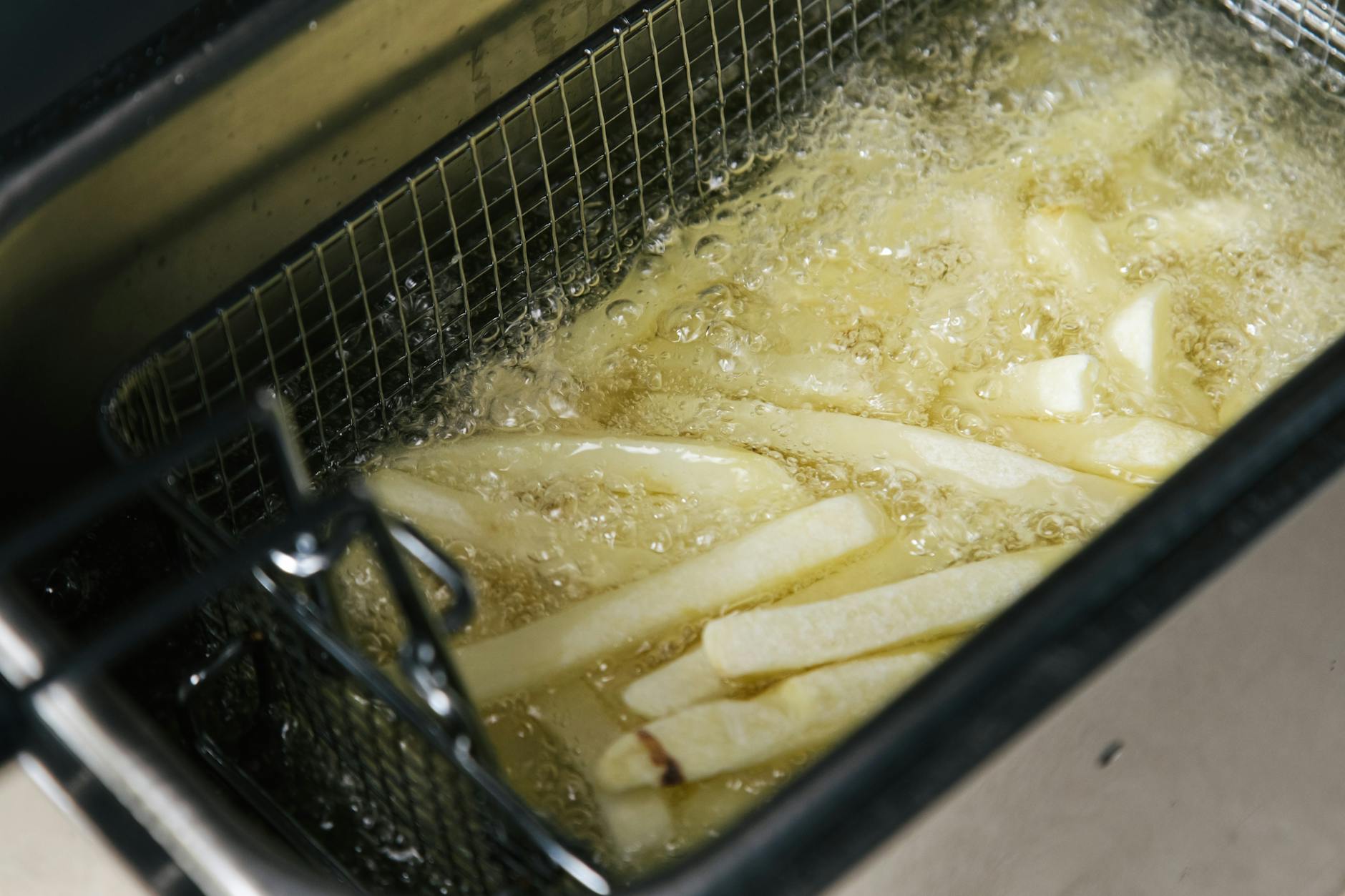
Storage and Safety Measures
When it comes to making THC edibles at home, proper storage and safety precautions are essential to ensure the longevity and safe consumption of your homemade treats. Here’s a guide on how to store THC edibles correctly and the safety measures you should take into consideration.
Proper Storage of THC Edibles
Proper storage of THC edibles is crucial to maintain their potency and prevent any potential hazards, especially if there are children or pets in the household. Here are some tips for ensuring the safekeeping of your homemade THC-infused goodies:
- Airtight Containers: Store THC edibles in airtight containers to preserve their freshness and potency. Mason jars or child-proof containers are ideal for this purpose.
- Dark and Cool Location: Keep the edibles in a dark and cool place, such as a pantry or refrigerator, to shield them from exposure to light and heat, which can degrade the cannabinoids.
- Labeling: Clearly label the containers with the contents and potency to avoid any accidental consumption, especially if there are other food items in the same storage area.

Safety Precautions for Homemade THC Edibles
When preparing and consuming homemade THC edibles, prioritizing safety measures is crucial to avoid any adverse effects and to ensure responsible use. Consider the following precautions:
- Child and Pet Access: Store THC edibles in a location that is inaccessible to children and pets, ensuring they are out of reach and secured in a locked cabinet if necessary.
- Clear Labeling: Clearly mark all THC edibles with warnings and dosage information to prevent accidental ingestion by unaware individuals.
- Responsible Consumption: Educate individuals consuming the edibles about the delayed onset of effects and the importance of consuming them responsibly to avoid overconsumption and potential discomfort.
By following these storage and safety measures, you can enjoy your homemade THC edibles safely and responsibly while preserving their potency for an extended period.
Understanding Dosage and Consumption
When it comes to making THC edibles at home, understanding the dosage and consumption is crucial for a safe and enjoyable experience. Calculating THC dosage and considering consumption tips are essential aspects that every home chef should be familiar with.
Calculating THC Dosage in Edibles
Calculating the THC dosage in homemade edibles is essential to ensure that the potency is consistent and the effects are predictable. Begin by determining the potency of the cannabis you’re using. This can be done by examining the THC percentage on the product packaging or consulting with the dispensary or supplier. Once you have this information, you can calculate the total milligrams of THC in the cannabis.
Next, you’ll need to calculate the THC dosage per serving of your edible. This involves factoring in the total amount of THC in the cannabis and dividing it by the number of servings the recipe yields. For instance, if your recipe produces ten servings and your cannabis contains 100 milligrams of THC, each serving will have an estimated dosage of 10 milligrams.
Accurate dosage calculations not only ensure that consumers are aware of the strength of the edibles they are consuming, but also help prevent overconsumption and its associated effects. Properly labeled dosages also provide transparency and allow individuals to make informed decisions about their consumption.
Consumption Tips and Considerations
When it comes to consuming THC edibles, there are several tips and considerations to keep in mind. Firstly, edibles take longer to produce noticeable effects compared to smoking or vaping, so patience is key. It’s advisable to start with a low dosage and wait at least 2 hours before considering consuming more. This approach allows individuals to gauge their tolerance and avoid overwhelming psychoactive effects.
Additionally, consuming edibles with a meal that contains healthy fats can enhance the absorption of THC, potentially leading to a more intense and prolonged experience. It’s important to store edibles safely and clearly label them to prevent accidental consumption, especially in households with children or pets.
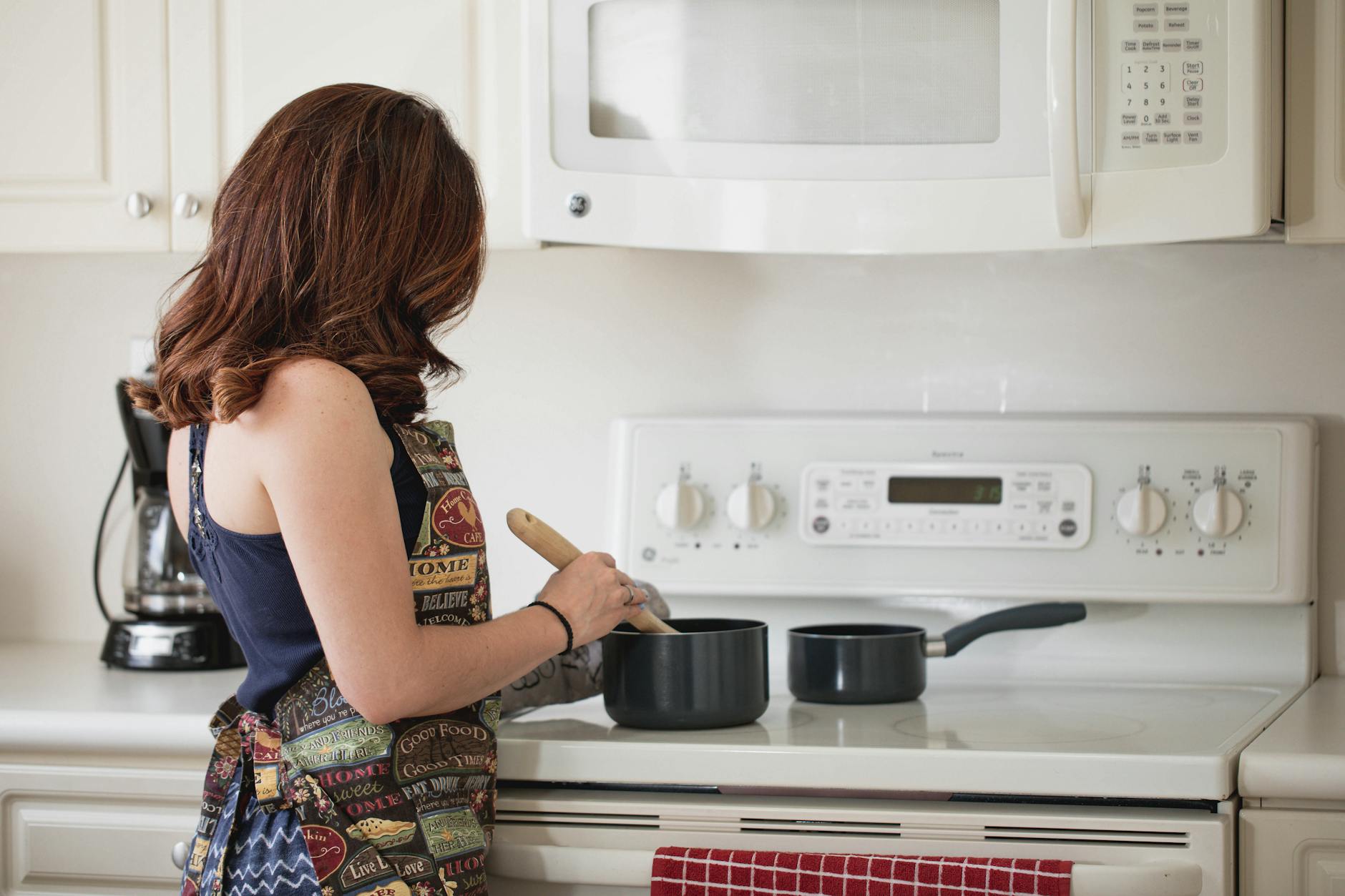
Final Thoughts on Making THC Edibles at Home
Making THC edibles at home can be a fun and rewarding experience. Whether you’re a seasoned chef or a novice in the kitchen, the process of infusing your favorite dishes with cannabis can open up a whole new world of culinary experimentation. From sweet treats like brownies and cookies to savory dishes like pasta and salads, the possibilities are endless.
Experimenting with Flavors and Dosages
When making THC edibles at home, it’s important to experiment with different flavors and dosages to find what works best for you. Keep track of the amount of cannabis used in each recipe and take note of the effects. This will help you fine-tune your edibles to suit your preferences and tolerance levels.
Sharing the Experience
Cooking and consuming THC edibles can be a social activity that brings people together. Consider hosting a cooking party where you and your friends can experiment with different recipes and share your creations. It can be a fun way to bond and learn from each other’s experiences.
Safety and Legal Considerations
Before embarking on your THC edible-making journey, be sure to familiarize yourself with the legalities and safety considerations of using cannabis in cooking. Always store your edibles securely and clearly label them to prevent accidental consumption, especially if there are children or pets in the household.
Conclusion
Making THC edibles at home is a creative and enjoyable process that allows you to customize your cannabis experience. By experimenting with flavors, dosages, and sharing the experience with others, you can elevate the enjoyment of consuming cannabis in a culinary context. However, it’s crucial to prioritize safety and be mindful of legal regulations when incorporating cannabis into your cooking endeavors.


